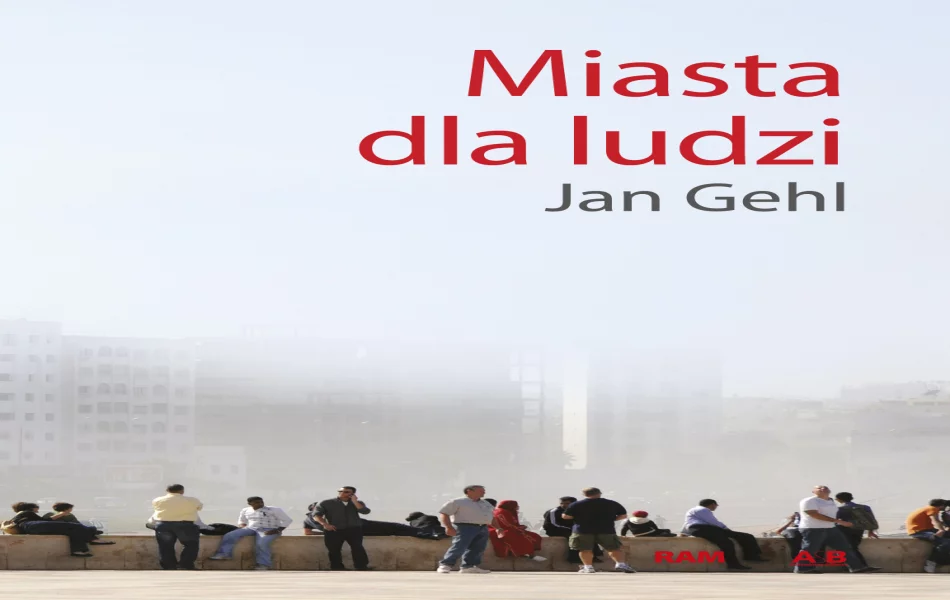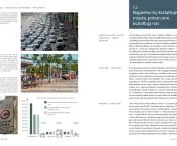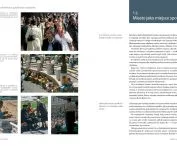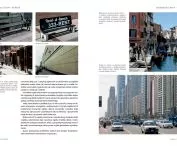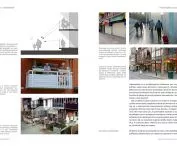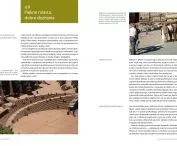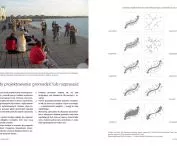Jan Gehl
"Cities for the People"
Cities are places where people come together to exchange ideas, trade or simply relax. The city's public zones - streets, squares and parks - are both the stage and catalyst for these activities. Jan Gehl, an expert in the design of public spaces, understands very well how we use them and offers us instruments to improve the operation and appearance of public spaces - and, consequently, to improve our quality of life in cities.
The compact city - which develops around public transportation, walking and bicycling - is the only environmentally sustainable form of city. However, in order to enable increased density and widespread walking and bicycle use, the city must increase the quantity and quality of well-designed, beautiful public spaces - healthy, safe and vibrant. Spaces designed first and foremost with people in mind.
Cities - like books - can be read, and Jan Gehl understands their language. Street, path, square and park are the grammar of a city; the components form its structure, which makes it possible for it to function, attracting various forms of activity - from quiet and contemplative to loud and vibrant. A humane city - with carefully designed streets, squares and parks - is pleasant and welcoming to both visitors and those who live, work and play in it all the time.
Everyone should have the right to easily accessible open spaces, just as everyone has the right to clean water. Everyone should be able to see a tree from their window, be able to sit on a bench near their home, have no more than a ten-minute walk to the nearest park. A well-designed environment inspires the people who live in it, while poorly designed cities brutalize their inhabitants. As Jan says, "We shape cities, and they shape us."
No one has studied the morphology and use of public spaces to the same extent as Jan Gehl. Anyone reading this book will recognize his surprisingly perceptive understanding of the relationship between public space and civil society, and will see how these aspects are inextricably linked.
London, February 2010
Richard Rogers
Baron Rogers of Riverside
CH, Kt, FRIBA, FCSD





